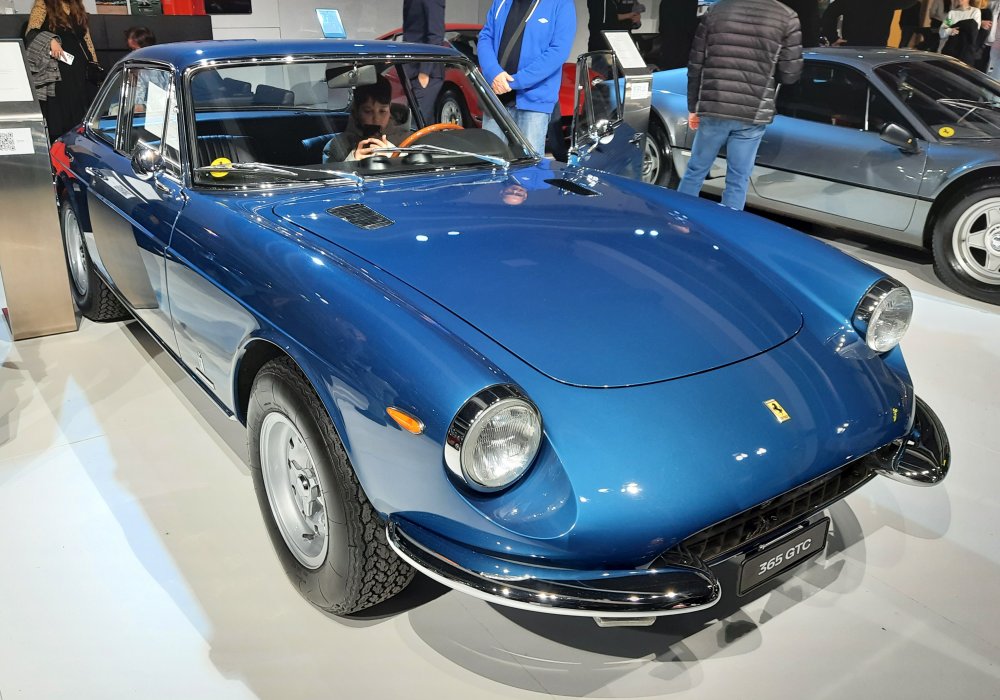Description
The Ferrari 365 GTC was introduced in 1968 as the successor to the 330 GTC, refining the formula of a two-seat grand tourer that combined elegance, comfort, and performance. It represented the final stage of Ferrari’s classic front-engined V12 GTs before the transition to the Daytona, and it remains one of the most well-balanced and understated designs in Ferrari’s history.
The most significant change from its predecessor was under the bonnet. The Colombo-designed V12 was enlarged to 4,390 cc, producing around 320 horsepower at 6,600 rpm. This increase in displacement brought a noticeable improvement in torque, making the 365 GTC more relaxed and flexible in everyday driving while retaining the high-revving character expected of a Ferrari V12. Mated to a five-speed manual gearbox, the car could reach a top speed of approximately 245 km/h and accelerate from 0 to 100 km/h in around 6.5 seconds.
Stylistically, the 365 GTC retained much of the clean, timeless Pininfarina design of the 330 GTC, but with subtle revisions. The most visible change was the relocation of the air intakes from the grille to the bonnet, giving the nose a smoother and more sophisticated appearance. The tail design remained similar, with a low, horizontal profile that emphasized the car’s grand touring purpose. The body sat on a short-wheelbase chassis derived from the 275 GTB, ensuring nimble handling and balanced road manners.
Inside, the cabin reflected Ferrari’s move toward greater refinement in the late 1960s. Full leather upholstery, a wood-rimmed steering wheel, and clear instrumentation gave the interior a luxurious but purposeful feel. Comfort was improved with better noise insulation, and the driving position was tailored for long-distance touring without sacrificing a direct connection to the road.
Only 150 examples of the 365 GTC were built between 1968 and 1970, making it a rare car even by Ferrari standards. Today, it is highly sought after by collectors for its blend of performance, understated beauty, and usability. Many enthusiasts regard it as one of Ferrari’s finest all-round GT cars, capable of delivering both relaxed cruising and engaging back-road driving with equal ease.
